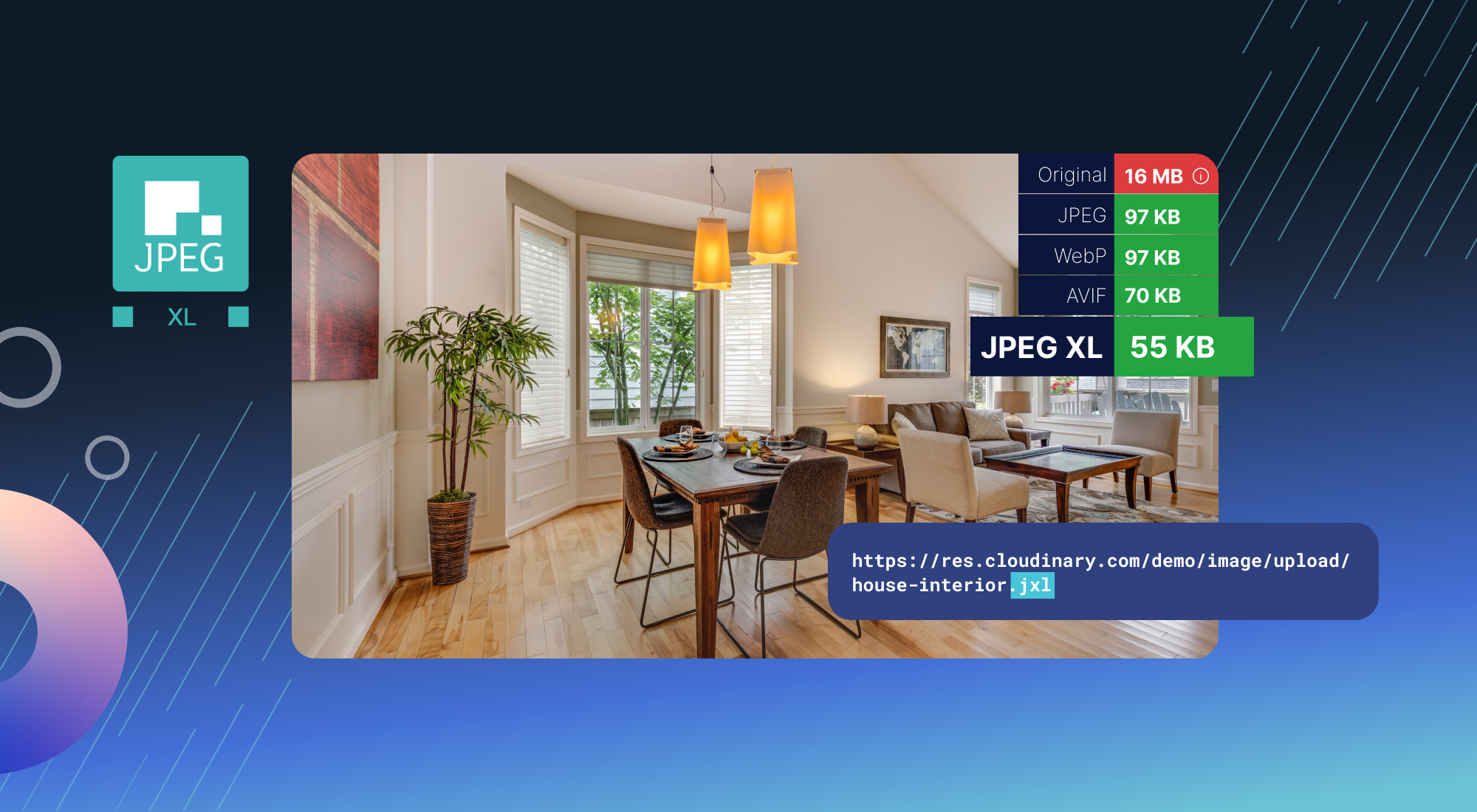What is the point of this format? How is it any better than png or webp? Do we really need yet another format? I mean 44k really isn’t that great of a savings in the example used.
deleted by creator
I think you forgot a pretty crucial point, that it is also royalty free. Royalty would be a huge problem.
I have yet to see a general royalty free image format as feature complete and up to date as IFF was for the Amiga back in 1985. From your list, Jpeg XL would finally even surpass that. As a very feature complete format improving on at least 3 formats (GIF PNG JPG)while wrapping them into 1. The only thing missing, is to become universally supported.
I wonder how the Chrome team managed to test it so poorly they claimed it wasn’t worth it? Just the versatility alone should make it a no-brainer.
deleted by creator
Graph conveniently omits hardware support, where avif (av1) is supported across the board
deleted by creator
It’s very slow on high compression profiles though, and consumes a lot of resources.
deleted by creator
I tried getting benefit from the format by recompressing PNGs at some point and it just seemed worthless due to reasons I listed in my comment.
deleted by creator
JPEG XL provides comparable image quality to ordinary JPEG compression at around 80% of the file size. It also supports lossless encoding at smaller sizes than PNG, and can handle layers, transparency and CMYK, so in principle it could conveniently replace almost every existing raster image format.
So I agree with your sentiment for the most part. Mainly, it’s frustrating to see all of these new image standards come out which somehow compete with each other due to lack of browser support.
That said 44k isn’t peanuts. That’s a huge reduction, especially on lower end connection speeds.
The article discusses how it’s better than webp. Specifically, it’s much better at both compression ratios and performance, at all quality levels. WebP has problems where the compression falls off due to being locked to yuv420



